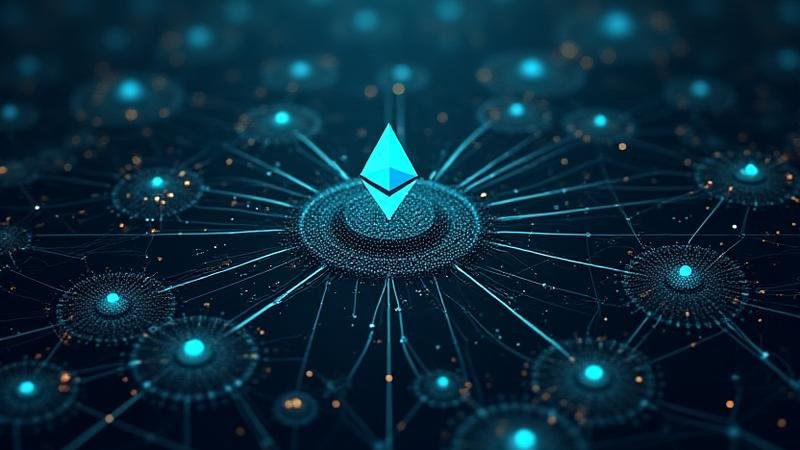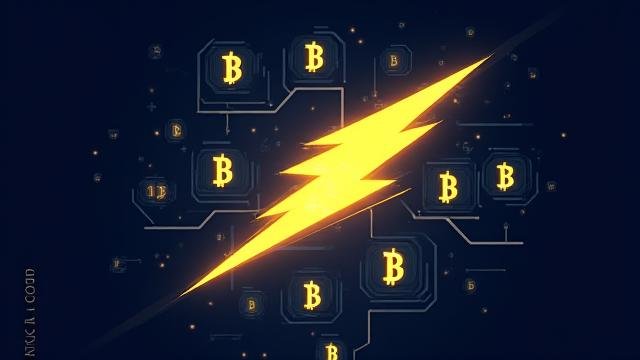
Performance Benchmark: Arbitrum vs. Optimism Post-Dencun Upgrade
A detailed analysis of how EIP-4844 (Proto-Danksharding) has altered the gas fee landscape and transaction speeds for leading Optimistic Rollups.
Read MoreYour definitive guide to the scaling solutions enabling low-fee transactions and global-scale crypto applications.
Explore Layer 2 Analysis
High fees and slow speeds are holding crypto back. Layer 2 is the answer. SonicLabs News provides in-depth technical analysis and comparative reviews of Layer 2 solutions across all major ecosystems, helping you understand the technologies paving the way for mass adoption.
Explore the intricate world of Ethereum's leading Layer 2 solutions designed to offload transaction processing from the mainnet, dramatically reducing gas fees and increasing throughput. We offer deep dives into Arbitrum, Optimism, zkSync, and StarkNet, analyzing their underlying technology, security models, and developer ecosystems.

Bitcoin's fundamental design prioritizes security and decentralization over raw transaction speed. However, Layer 2 solutions are emerging to extend its capabilities beyond a pure store of value. Our analysis covers the Lightning Network's evolution and the rise of new Bitcoin L2s aiming to bring smart contract functionality and enhanced privacy to the largest cryptocurrency.
While Layer 2s optimize existing blockchains, many Layer 1 networks are built with native scalability embedded in their core design. We examine how chains like Solana, Avalanche, Near Protocol, and Polkadot tackle the blockchain trilemma through innovative consensus mechanisms, sharding, and parallel transaction processing.
The blockchain architecture debate has evolved from simple scalability to fundamental design principles. Learn about the growing distinction between monolithic blockchains, which handle execution, settlement, consensus, and data availability all on one layer, and modular blockchains, which separate these functions across specialized layers. Projects like Celestia are at the forefront of this modular revolution.
Stay at the forefront of blockchain scaling. Our curated feed brings you the most recent news, technical breakdowns, and market insights on Layer 2 solutions from across the crypto ecosystem.

A detailed analysis of how EIP-4844 (Proto-Danksharding) has altered the gas fee landscape and transaction speeds for leading Optimistic Rollups.
Read More
Examining current usage, infrastructure advancements, and remaining hurdles for the Lightning Network's journey towards widespread global payments.
Read More
Unpacking the cryptographic innovations behind Zero-Knowledge Rollups and their potential to redefine transaction privacy and scalability across multiple blockchains.
Read MoreNavigate the complex world of Layer 2 solutions with our comprehensive glossary. Click on any term to reveal its definition and deepen your understanding of blockchain scaling.